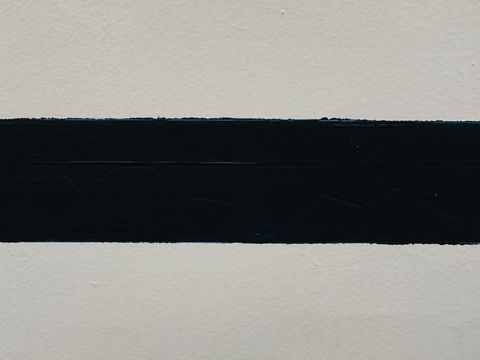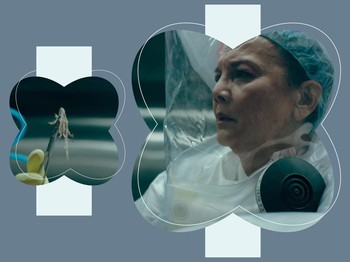We all know that color plays a big important role in conveying information in nonverbal ways, not to mention that color can also affect moods, feelings, and emotions. According to the artist Pablo Picasso, "colors, like features, follow the changes of the emotions," therefore, it can be said that color can also be considered as one of the powerful communication tools for signal action, influence mood, and influence physiological reactions. Color can make us happy, sad, anxious, or relaxed. However, what is color psychology, and how does each existing color has a different impact on the people who see it?
The psychology of color is based on the mental and effect colors have on sighted people in all facets of life. Researchers and experts have revealed that the psychology of color has effects on moods, feelings, and behavior. But it also needs to be remembered that there are variations in interpretation, meaning, and perception between different cultures.
 Ilustrasi warna-warni/ Foto: Robert Katzki/Unsplash Ilustrasi warna-warni/ Foto: Robert Katzki/Unsplash |
For example, white is often interpreted as purity but in Eastern countries, white is seen as a symbol of mourning. Even though colors are somewhat subjective perspective, some colors have universal meanings, such as warm colors like red, orange, and yellow, these colors are often considered can evoke emotions like warmth and comfort even anger and hostility. Meanwhile, cool colors including blue, purple, and green are often associated with calm feelings like sadness.
It has been common knowledge that color is often linked with a person's emotions as it could influence a person's mental or physical state. Research revealed a small effect of red color to physiological impact is that it could seem to raise heart rate whereas blue can lower it. Therefore, color is believed to give a big impact that in 2009, blue lights were installed at the platforms of Tokyo's Yamanote railway line to reduce the number of suicide incidents there.
The attempt to reduce the incidence of suicide after installing the blue lights came to success as the number fell by 74 percent at the stations where the blue lights were installed. The same attempt was also applied at Gatwick Airport train platforms. These actions were taken based on the affirmation that blue-colored lights could make people less impulsive and give calming senses, regardless of the little amount of scientific evidence to support this claim.
Color in the products that we purchase is also believed to tell about personality as our color preferences might describe the type of image we want to project and other people to see. Other factors such as age and gender can also influence the color choices we make. For example, if you choose white as your color when you purchase a phone, car, and many other things, it can evoke a sense of youth and modernity.
 Ilustrasi warna hitam/ Foto: Florian Rieder/Unsplash Ilustrasi warna hitam/ Foto: Florian Rieder/Unsplash |
For black, people often describe it as sexy, powerful, and mysterious and for red, it can show that you're a confident person. These are just some of the examples from other unmentioned colors. With all of this being said, color can convey information and give impressions for people who see it. Experts have indeed found that color can influence how we act even though it's subjective and based on situational factors. However, more wide and deep scientific research regarding color psychology is needed to give us a better understanding and innovative discovery of color for the people in the future.
(DIP/DIR)


